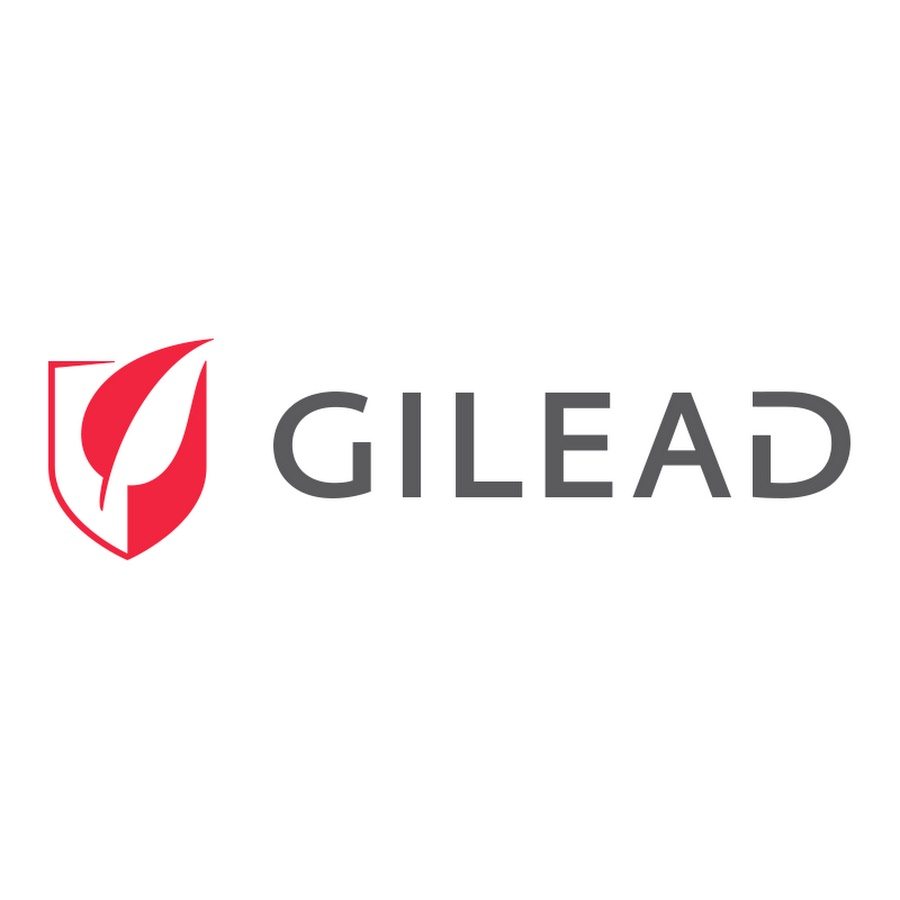The Food and Drug Administration (FDA) has had a busy week this week. The agency has just put out decisions related to a couple of big name development programs – one for Gilead Sciences, Inc. (NASDAQ:GILD) and another for Sage Therapeutics (NASDAQ:SAGE).
Here’s what happened and what comes next.
Gilead
This one is based on a drug called Biktarvy, which is a once-daily, triple-combination tablet for treatment of HIV infection. The drug is a combination of three drugs called bictegravir, emtricitabine and tenofovir alafenamide (also described as BIC/FTC/TAF) and it’s specifically targeting patients with HIV-1 infection.
So, the latest news is that the FDA has approved the combination treatment, meaning there’s the potential for a considerable sales windfall for Gilead if the company can execute on a successful commercialization strategy (more on this in a second).
The real breakthrough here is the bictegravir side of the equation.
The latter two drugs that complete the combination are actually already approved in various mono and combination forms and are what are called nucleoside reverse transcriptase inhibitors. When the HIV virus enters a healthy cell, it attempts to make copies of itself through the hijacking of an enzyme called reverse transcriptase. Nucleoside reverse transcriptase inhibitors prohibit this hijacking from taking place, limiting the virus’ potential to replicate and spread.
Bictegravir, on the other hand, is what’s called an integrase inhibitor. Integrase is a viral enzyme that inserts the viral genome into the DNA of the host cell. The idea with this treatment is that by stopping this viral genome entering the cell’s DNA and by simultaneously stopping the virus from hijacking the reverse transcriptase enzyme, the clinical impact is amplified.
And it’s not just about improving on the clinical benefit of existing regimens. The nature of HIV infection is that a treatment that works initially will generally only work for a fixed period of time before reducing in efficacy. As such, HIV patients will often have to jump from one treatment to another to maintain low viral load.
The introduction of a new treatment to market, then, not only gives newly diagnosed HIV sufferers a potentially more effective treatment option, but it also adds an option to the pile for HIV patients that have tried, and can no longer use, existing therapies.
So, what does the approval mean for Gilead?
This is why the company is moving on the back of the latest news. The drug has a peak sales potential of up to $5 billion annually according to estimates. Based on 2016 revenues (the latest available full year), Gilead generates a little over $30.39 billion in annual revenues. A $5 billion boost to that adds 16% to current sales.
In line with this, Gilead has jumped on the approval, closing out the session on Wednesday at a circa 3% premium to the company’s preannouncement market capitalization and at a share price of $82.76. A 3% boost might not seem substantial when you are talking about an approval that adds 16% sales potential to the fray but, when you consider that Gilead is currently valued at $108 billion (and, in turn, that the 3% increase adds around $3.2 billion to market cap) it becomes a little more reasonable.
Sage
Sage’s FDA decision isn’t quite as big-ticket as that of Gilead but it’s still noteworthy as a biotech event this week.
On Thursday, the agency announced that it had granted Breakthrough Therapy designation to a drug called SAGE-217 for the treatment of major depressive disorder (MDD). Breakthrough designation can make a big difference when a company is trying to pick up a regulatory approval for a development asset, with benefits including far more intensive guidance on a development pathway (from as early as phase I studies) as well as all of the features commonly associated with Fast Track designation (more frequent meetings with FDA, more frequent written comms with FDA and Rolling Review, which means that the company can submit completed sections of NDA for review by agency, rather than waiting until every section of the application is completed before submitting).
At the same time as this Breakthrough announcement, Sage also reported that its phase II trial of the same drug but in a target indication of in postpartum depression (PPD) will now readout in 4Q 2018 compared with previous guidance of 2Q 2018.
According to the company, the extension is due to its decision to “increase the number of patients in the trial even further than the prior increase at the end of 2017 from approximately 66 patients to approximately 140 patients in order to increase the power of the trial from 80% to 90%.”
Sage closed down yesterday in and around 2% on its preannouncement capitalization.
Enjoyed this piece? Read this next: Array BioPharma and Allergan Just Scored Big On Phase III Data
